|
Centrip Editorial Board
Sample Kobo: Make your own food samples!

Take a close look at these 4 pictures. Can you tell which one is real?

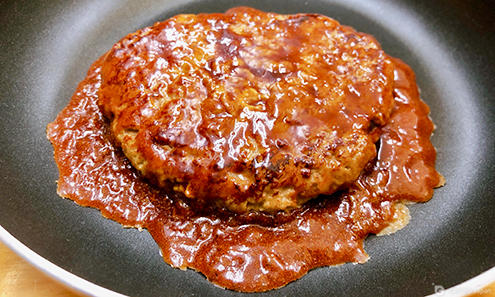

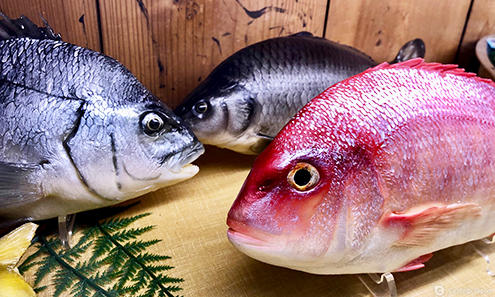
That's right, none of them are real. Curry rice, Salisbury steak, ramen, seafood, all of them are made from resin.
Gujo Hachiman and the Food Sample Industry
Japanese food samples are said to be some of the best in the world. In Japan, Gujo makes up the majority of the Food Sample industry. The history of making food samples began in Gujo. A sample of omelets with rice was made in wax in 1932 by Takizo Iwasaki, from Gujo, and is regarded as the first example of domestic food sample products.
The manufacture of food samples remains one of Gujo's main industries. There many facilities that produce food samples, as well as several facilities that give visitors the chance to experience making their own.
Make your own food samples at Sample Kobo: Tempura and Lettuce

There are several places where you can experience making food samples, for this article I visited Sample Kobo.
It is a 5-minute walk from Castle Town Plaza, the starting point for sightseeing in Gujo. Proceed south from Castle Town Plaza and cross the Miyagase bridge over the Yoshida River.
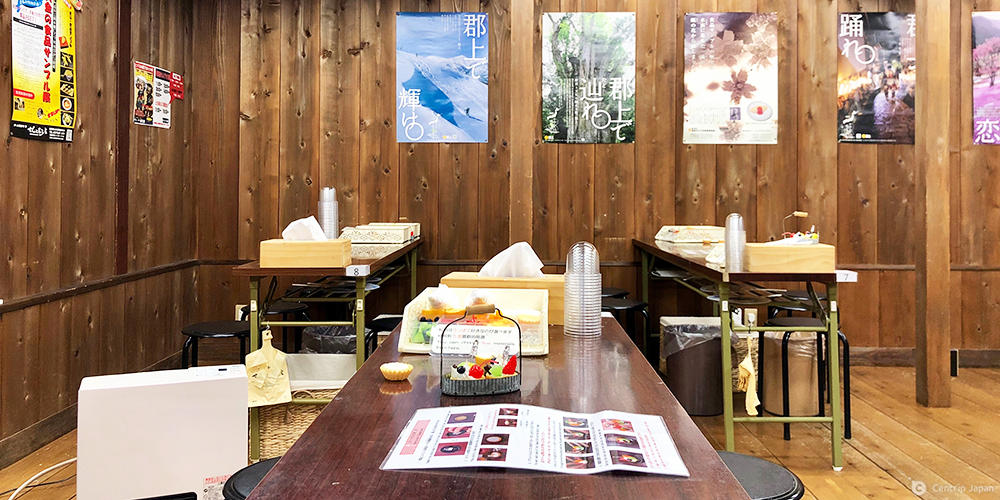
At Sample Kobo, you get hands-on experience on how to make food samples out of traditional products like wax. For this article, we took on the challenge of making 3 tempura dishes as well as lettuce.
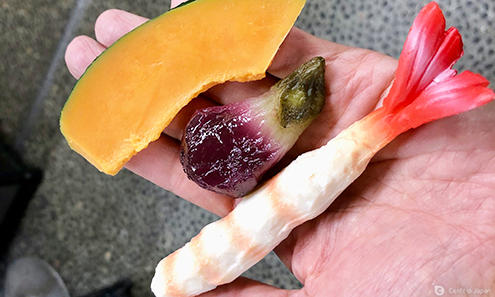
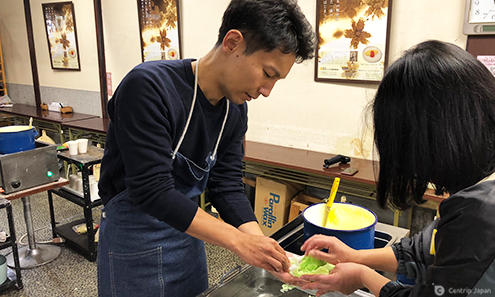
First, the staff shows you an example of what you are about to make. In the case of tempura, select three kinds of resin-made vegetables you want to wrap in tempura batter then add the tempura batter colored wax and coat them in it. This was a great way to get the hang of things.
Lettuce is a little more difficult. Two kinds of straw wax are required. You need to raise the wax left and right to express the wrinkles of lettuce. You have to complete the leaves before the wax cools!
Explanations in other languages are a bit lacking, so you'll need to take a hard, long look at the sample the staff brings to figure out what you'll need to do, but the staff will be there to help you should you need assistance. I found it a challenge to do this but in the end, I made a food sample that looks like the real McCoy. This makes for a great souvenir and is very popular among visitors.

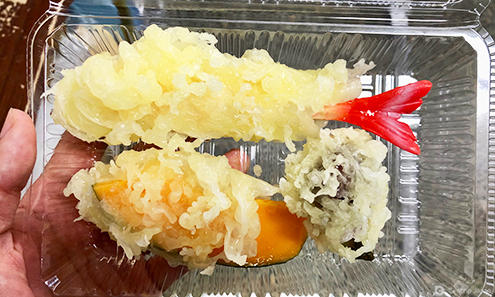
The trial fee comes to ¥1,200 (excluding tax) for a set of 3 tempura and lettuce. Reservations can be made by phone or online (forms are in Japanese only).
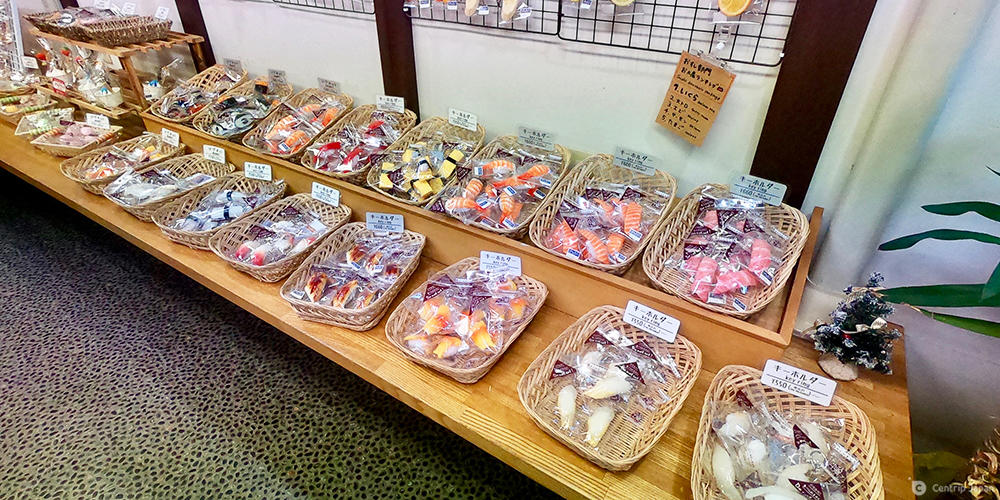
If you don't want to pay for a hands-on trial, you can check out the workshop and see real examples made by skilled craftsmen. They also sell various goods, such as miniature food samples and accessories in the form of food samples. Why not drop by?
Wrap-up
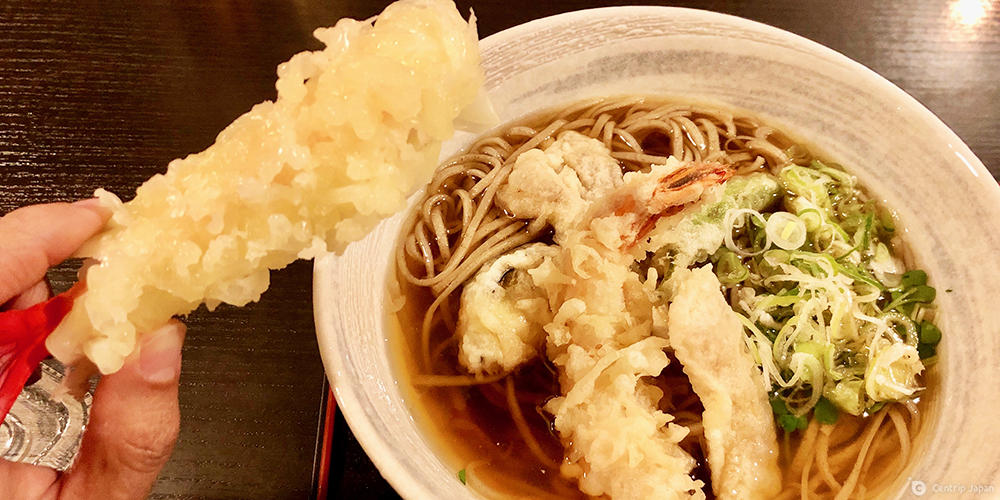
After making my own tempura, I went out to try some real tempura for lunch and compared my hand-made samples to the genuine article! Can you tell which one is real?
Click here to get the latest information on Central Japan.Centrip Japan - Nagoya and Chubu Information

